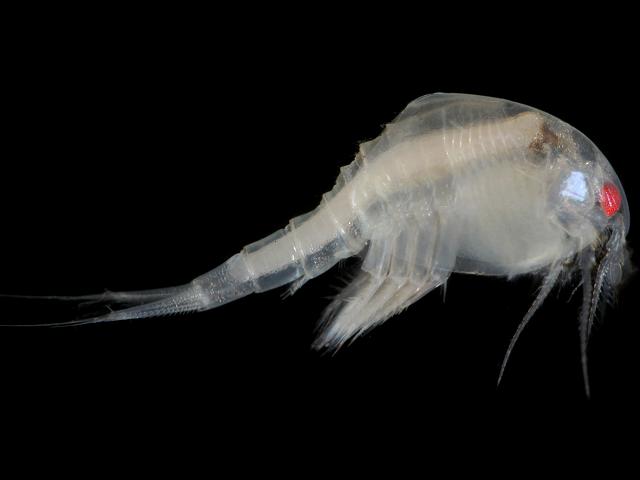
APHOTOMARINE
An educational resource dedicated mainly to the photography
and diversity of marine life that can be found in coastal waters
and intertidal areas of Great Britain and Ireland by David Fenwick.

Nebalia herbstii Leach, 1814 - A nebaliid leptostracan (Leptostraca images)
Scroll down and rollover titles to change screen image or click on title to view image.
The species here was microscopically examined and keyed out to determine species.
Nebaliid leptostracan
Nebalia herbstii
- lateral view 1
Nebaliid leptostracan
Nebalia herbstii
- lateral view anterior 1
Nebaliid leptostracan
Nebalia herbstii
- lateral view anterior showing rostrum and first antenna
Nebaliid leptostracan
Nebalia herbstii
- second antenna 1
Nebaliid leptostracan
Nebalia herbstii
- lateral view posterior 1
Nebaliid leptostracan
Nebalia herbstii
- lateral view posterior 2
Nebaliid leptostracan
Nebalia herbstii
- with 0.1mm division rule 1
Nebaliid leptostracan
Nebalia herbstii
- denticles
Nebaliid leptostracan
Nebalia herbstii
- denticles with rounded ends
Nebaliid leptostracan
Nebalia herbstii
- first antenna, antennular flagellum with > 10 articles
Nebaliid leptostracan
Nebalia herbstii
- base of flagellum
Nebaliid leptostracan
Nebalia herbstii
- second antenna 1
Nebaliid leptostracan
Nebalia herbstii
- distal article mandibular palp
Nebaliid leptostracan
Nebalia herbstii
- anal scale
Nebaliid leptostracan
Nebalia herbstii
- habitat / location 1
Specimen above was found on washing the holdfasts of Saccorhiza polyschides, Furbelows, collected from a shallow sublittoral gulley at Battery Rocks, Penzance, Cornwall, 21.09.20.

The main objective of this website is in furthering environmental awareness and education through the medium of photography. To increase awareness and access to the wildlife of the region and help
people find and identify it. Sometimes the difference between species is obvious but many species can only be determined by observing microscopic characteristics that are specific to any one species.